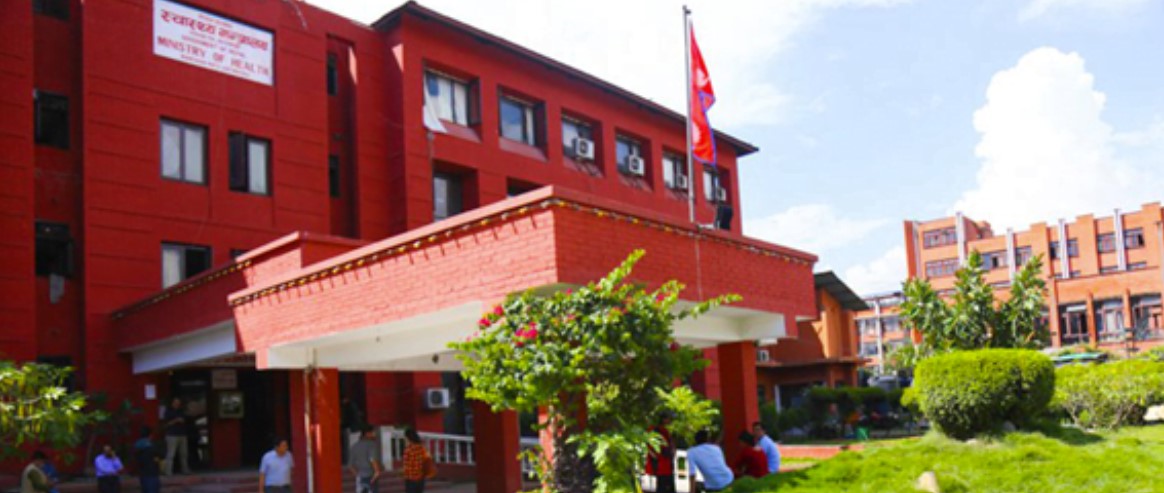
Mental health among Nepali youth has become a critical concern due to various socioeconomic, technological, and educational pressures. According to the World Health Organization (WHO, 2020), mental disorders are among the leading causes of disability worldwide, and Nepal is no exception. With rapid urbanization, increasing academic competition, and evolving social norms, mental health issues among Nepali youth are rising. However, due to stigma, lack of awareness, and insufficient mental health services, these challenges often go unnoticed or untreated.
Major Challenges
Lack of Awareness and Stigma: In Nepal, mental health is often associated with superstition, social shame, or spiritual weakness. Many young individuals experiencing depression or anxiety are labeled as “weak” or “possessed,” preventing them from seeking medical help. A study conducted by the Nepal Health Research Council (NHRC, 2021) revealed that over 60% of people with mental health issues do not seek treatment due to fear of being judged by society.
Impact of Technology and Social Media: While digital platforms have provided opportunities for learning and connection, they have also introduced new mental health challenges. A report by the Center for Mental Health and Counseling-Nepal (CMC-Nepal, 2022) found that excessive use of social media is linked to increased anxiety, low self-esteem, and depression among young people. Cyberbullying, unrealistic beauty standards, and constant social comparisons have heightened mental distress, leading to self-doubt and dissatisfaction.
Academic and Career Pressure: The Nepali education system is highly competitive, with students under immense pressure to perform well in exams and secure stable careers. Parental expectations, societal comparisons, and a lack of alternative career options contribute to high stress levels. The American Psychological Association (APA, 2021) states that prolonged academic stress can lead to anxiety disorders and even suicidal tendencies. A study by Tribhuvan University (2021) reported that over 25% of Nepali students experienced severe academic stress, negatively affecting their mental well-being.
Unemployment and Economic Stress: Economic instability and job scarcity are significant sources of mental distress for Nepali youth. With an increasing number of graduates entering the job market, competition has become fierce. Many young people face unemployment or underemployment, leading to feelings of hopelessness and depression. The Nepal Labor Force Survey (2022) found that the youth unemployment rate in Nepal is around 19%, one of the highest in South Asia. This economic stress exacerbates anxiety and contributes to mental health issues.
Limited Access to Mental Health Services: Nepal has a severe shortage of mental health professionals, with only about 0.36 psychiatrists per 100,000 people (WHO, 2020). Many rural areas lack access to even basic counseling services. Furthermore, mental health treatment is often expensive and not covered by insurance policies, making it inaccessible for many families. Due to these limitations, many young people do not receive the help they need.
Family Support and Gender Disparities: In many Nepali households, mental health issues are dismissed as overthinking or a lack of willpower. Parents often prioritize academic and financial success over emotional well-being, leaving children with little space to express their struggles. Additionally, gender-based disparities in family support can lead to mental health challenges. Research by the Nepal Women’s Health Study (2022) found that young women often face higher household responsibilities and emotional neglect compared to their male counterparts, increasing their risk of stress and depression.
Case Studies and Real-Life Examples
Case Study 1: The Impact of Academic Stress: Ramesh, an 18-year-old student from Kathmandu, struggled with severe anxiety due to academic pressure. Despite being a top performer, he constantly felt overwhelmed and had trouble sleeping. His parents were unaware of his mental health struggles, dismissing them as “just stress.” Eventually, Ramesh sought counseling, which helped him develop better coping strategies. However, his case highlights the need for mental health awareness in schools and families.
Case Study 2: The Role of Social Media: Anisha, a 20-year-old college student, spent hours scrolling through social media, constantly comparing herself to influencers. Over time, she developed body image issues and mild depression. Studies show that such cases are becoming more common in Nepal, emphasizing the need for digital literacy programs that educate youth on responsible social media use.
Case Study 3: Gender-Based Mental Health Disparities: Priya, a 22-year-old from a middle-class family, often felt neglected as her parents prioritized her younger brother’s education and career. While she was expected to help with household chores, her brother was given more freedom and financial support. This led to resentment, low self-esteem, and eventual depression. Such cases highlight the mental health impact of gender-based disparities in Nepali families.
Possible Solutions
Raising Awareness:
Schools and colleges should introduce mental health education to break stigma and encourage open conversations.
Community outreach programs should be organized to educate families on recognizing signs of mental health issues.
Expanding Mental Health Services:
The government should increase funding for mental health facilities and train more counselors.
Telehealth services can be expanded to reach youth in rural areas who lack access to mental health professionals.
Promoting Healthy Digital Habits:
Schools should educate students on mindful social media use and promote digital detox practices.
Encouraging real-life social interactions can help counteract the negative effects of excessive screen time.
Stress Management Programs:
Schools and workplaces should introduce yoga, meditation, and counseling services to help young people cope with stress.
Encouraging extracurricular activities can provide students with a balanced lifestyle, reducing academic pressure.
Stronger Government Policies:
The Nepalese government should integrate mental health into the national health strategy, ensuring mental health services are accessible and affordable.
More research should be conducted to understand youth mental health trends and implement evidence-based solutions.
Encouraging Family Support and Gender Equality:
Parents should be educated on the importance of emotional well-being and providing equal support to all children.
Awareness campaigns should be launched to address the mental health impact of gender discrimination in families.
Conclusion
Mental health challenges among Nepali youth are a growing concern that requires immediate attention. Factors such as social stigma, academic pressure, economic stress, unsupportive families, and gender disparities contribute to deteriorating mental well-being. However, with increased awareness, improved support systems, and effective policies, Nepal can foster a healthier future for its youth. It is essential for families, educators, policymakers, and society as a whole to recognize the importance of mental health and work collectively towards a supportive environment for young people.
Nirmala Ojha is currently pursuing a Bachelor in Public Health (BPH) program in her third year.
Nirmala Ojha
Published: April 2, 2025








